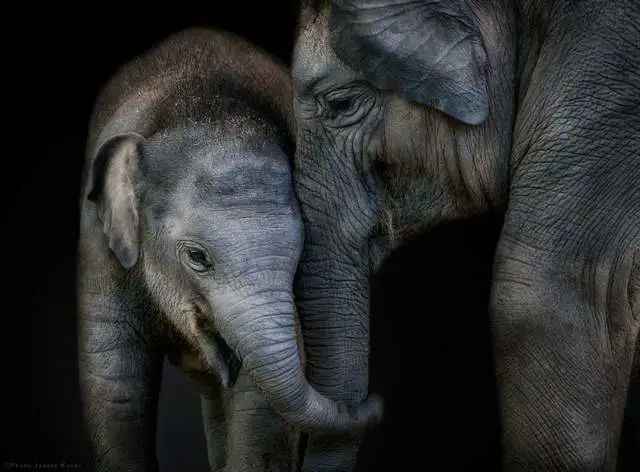
Asian elephants and African elephants, the two largest land mammals on Earth, exhibit numerous distinct differences and face significant genetic barriers to interbreeding.
Asian elephants and African elephants, the two largest land mammals on Earth, exhibit numerous distinct differences and face significant genetic barriers to interbreeding.
Physically, Asian elephants have smaller, oval-shaped ears, while African elephants possess larger ears resembling the outline of the African continent. In terms of tusks, only male Asian elephants have well-developed exposed tusks, with females typically lacking visible ones. In contrast, both male and female African elephants usually have prominent tusks. Additionally, African elephants are generally larger, with a shoulder height of up to 4 meters, compared to Asian elephants, which stand around 3.5 meters tall. Another distinguishing feature is the number of protrusions at the tip of the trunk: African elephants have two, while Asian elephants have one.
Reproductively, the two species are strictly isolated. There has been only one recorded case of hybridization in captivity, but the calf died shortly after birth, confirming the difficulty of producing viable offspring.
Today, both elephant species face severe survival crises. With fewer than 50,000 remaining, Asian elephants are threatened by habitat destruction and illegal poaching. Although African elephants have a larger population, they are also classified as endangered due to habitat loss and poaching. Protecting these unique creatures has become a critical issue in global biodiversity conservation.




